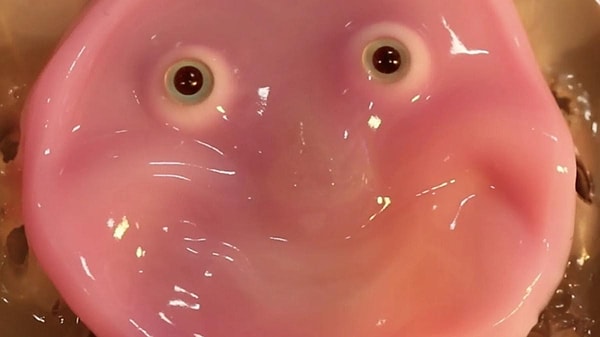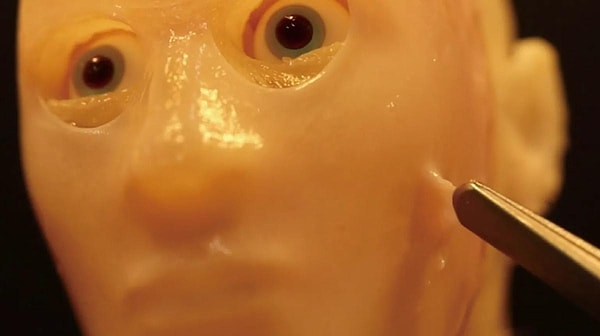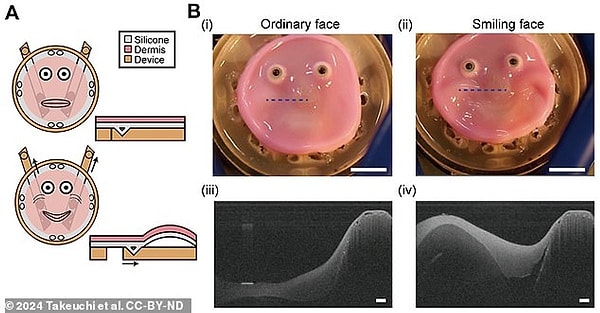Humanoid Robot with Live Skin Tissue Could Mark the End of Aging
Scientists have developed a groundbreaking prototype of a humanoid robot covered in lab-grown, self-healing human skin. Designed by researchers in Japan, this innovation not only gives robots a more lifelike appearance but also the ability to repair themselves from damage. This development could signify a monumental step towards the future of robotics and the potential end of aging. Discover the details of this fascinating advancement and its implications for the future.
Science Fiction Becomes Reality: Humanoid Robots Are Coming

Japanese scientists have developed a method to give robots lifelike facial expressions by adding live skin to them. This unique discovery, used to cover robots' faces, is the result of efforts by a team at the University of Tokyo to mimic the structure of human tissue. Michio Kawai, a co-author of the study from Harvard University, revealed in an interview with MailOnline that the human skin cells used in the prototype were collected from excess skin obtained during surgeries.
Self-Healing Realistic Skin

The prototype could pave the way for creating humanoid beings with realistic skin that doesn’t tear or peel and even has self-healing capabilities! This artificial skin prototype, which has become a global focal point, is produced in a lab using live cells. Scientists note that this skin is as soft as real skin and has the ability to repair itself when cut.
Advanced Technology: The Role of Collagen Gel

The state-of-the-art artificial skin layer was applied to the robot using a gel containing collagen! To address this issue, researchers created numerous small holes in the robots, applied a collagen-containing gel, and then layered the artificial skin. This gel plugs the holes, allowing the skin to adhere to the robot.
The Process Explained by Prof. Shoji Takeuchi

The research process was detailed by Prof. Shoji Takeuchi in the journal Cell Reports Physical Science! While more testing and time are needed for this technology to become a daily reality, lead researcher Prof. Takeuchi explains, 'By mimicking human skin structures and using specially designed V-shaped holes in rigid materials, we found a way to attach skin to complex structures.' He adds, 'The natural elasticity and strong adhesion method of the skin mean it can move with the robot’s mechanical components without tearing or peeling.'
Challenges and Future Prospects

According to Prof. Takeuchi, the difficult part is integrating advanced actuators or muscles into robots to create human-like expressions. On the other hand, 'engineered skin tissue' is made in the lab similarly to cultured meat, by taking a sample of human skin cells.
The End of Skin Aging?

Although the research published in Cell Reports Physical Science has a long way to go, this discovery could pioneer new research in cosmetics and plastic surgery. The research data could contribute to advances in robotics technology and biomedical sciences.
Keşfet ile ziyaret ettiğin tüm kategorileri tek akışta gör!


Send Comment